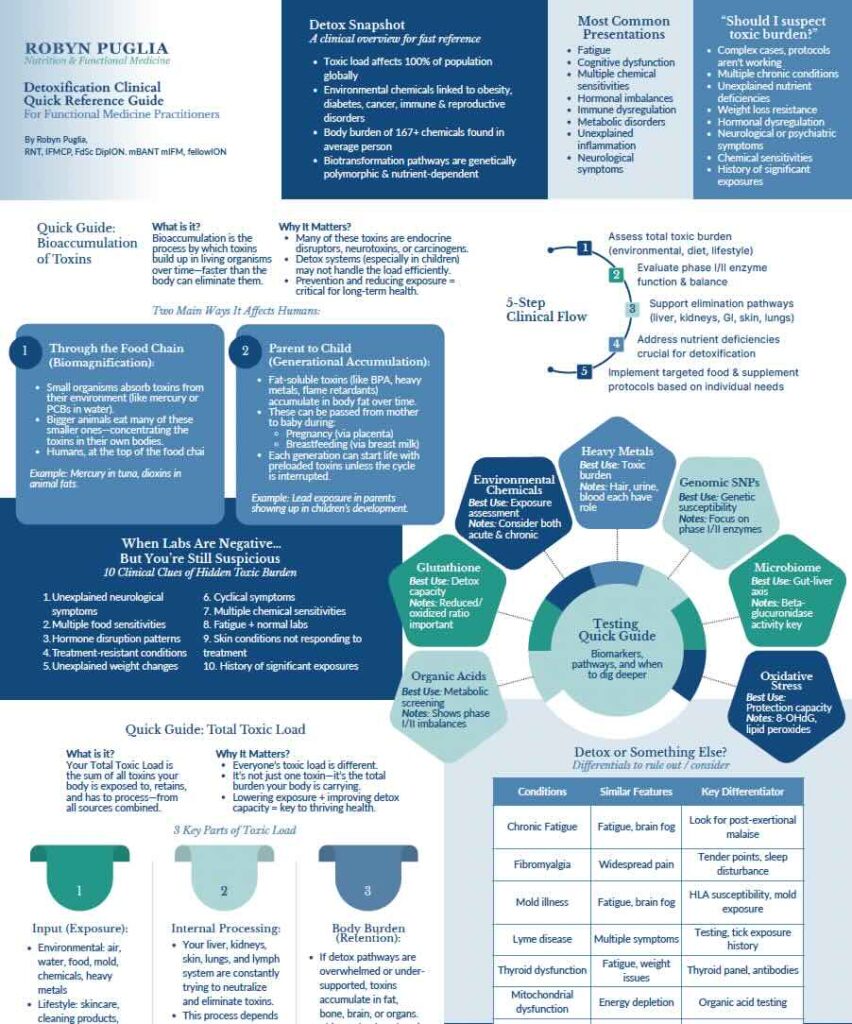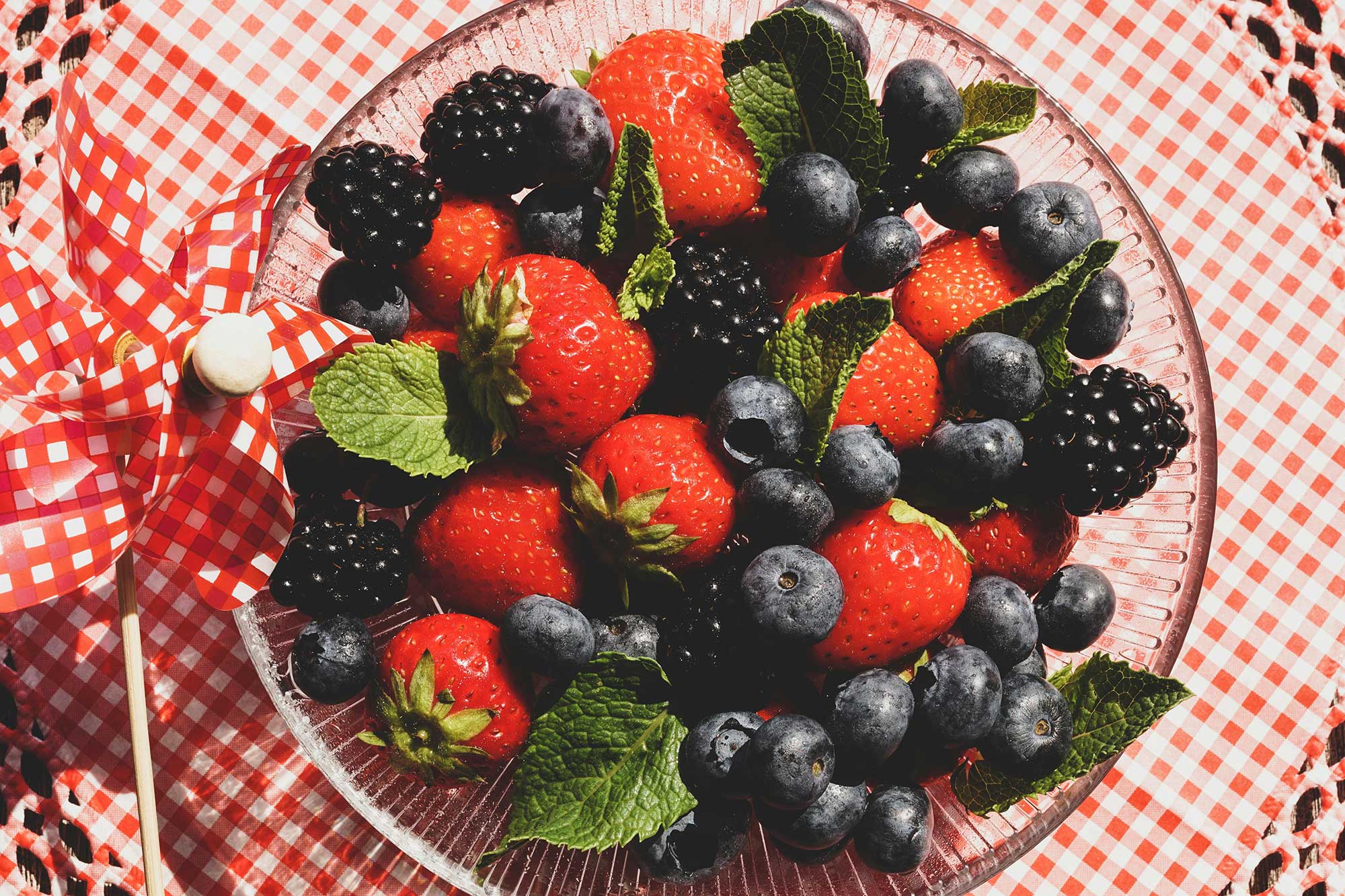Your amazing body has a built-in detoxification system working around the clock to process everything from environmental pollutants to the natural byproducts of metabolism. And the foods you eat every day can either support or hinder this incredible system.
Think of your body as a sophisticated cleaning service that never takes a day off. Now imagine giving that cleaning crew better tools, more energy, and exactly what they need to do their job efficiently. That’s exactly what happens when you incorporate certain foods into your daily meals!
In this article, we’ll cut through the detox hype and explore the fascinating science behind how everyday foods can supercharge your body’s natural cleansing processes. Whether you’re a health practitioner looking to support your clients or someone simply wanting to feel more energetic and vibrant, you’ll discover practical, evidence-based strategies that you can implement starting with your very next meal.
Understanding Your Body’s Detoxification Systems
Your body has sophisticated systems designed to transform harmful substances into forms that can be eliminated. This process primarily happens in the liver through a two-phase process, followed by elimination through various routes including urine, stool, sweat, and breath.
For patients: Think of your liver as a chemical processing plant that transforms harmful substances into forms your body can eliminate more easily.
For practitioners: The biotransformation process involves Phase I (functionalization) primarily through cytochrome P450 enzymes, Phase II (conjugation) through multiple pathways including glucuronidation, sulfation, glutathione conjugation, and methylation, followed by Phase III (elimination) through transporters that move these transformed compounds out of cells for excretion.
The Food-Detox Connection: More Than Just a Cleanse
Specific foods contain compounds that can enhance the activity of detoxification enzymes, provide necessary nutrients for detox pathways, and protect cells from damage during the detoxification process.
Cruciferous Vegetables: Detoxification Powerhouses
For patients: Broccoli, cauliflower, kale, Brussels sprouts, and cabbage contain special compounds that help your liver process toxins more efficiently. Aim to include at least one serving of these vegetables daily.
For practitioners: Cruciferous vegetables contain glucosinolates which convert to isothiocyanates (like sulforaphane) during food preparation and digestion. Research demonstrates these compounds induce both Phase I and Phase II enzymes, particularly upregulating glutathione S-transferases (GSTs). Clinical studies show that consuming 500g of broccoli daily significantly increases detoxification enzyme activity, with even more pronounced effects in individuals with GSTM1-null genotypes.
Berries: Antioxidant Support for Detoxification
For patients: Berries aren’t just delicious—they’re packed with compounds that help protect your body during the detoxification process. Enjoy a variety of berries regularly to support your body’s natural cleansing processes.
For practitioners: Berries, particularly blackberries, strawberries, and blueberries, contain ellagic acid and other polyphenols that have been shown to inhibit CYP1A1 activity while supporting glutathione levels. Research indicates they may also inhibit beta-glucuronidase activity in the intestinal lumen, preventing the reabsorption of toxins that have already been processed by the liver.
Allium Vegetables: Sulfur Compounds for Enhanced Detox
For patients: Garlic, onions, leeks, and shallots contain sulfur compounds that support your liver’s detoxification processes. Try to include these flavor-enhancing foods in your daily cooking.
For practitioners: Allium vegetables contain organosulfur compounds that induce GST activity. Human clinical studies show that consuming 3 tbsp fresh chives, 1.33 cups of fresh leeks, 1 tsp garlic, and 0.5 cups of fresh onion significantly increases GST activity, particularly in GSTM1-null individuals. They also support glutathione production through their sulfur content.
Green Tea: Catechins for Detox Support
For patients: Green tea contains powerful compounds that help your body process environmental toxins. Consider replacing one of your daily beverages with green tea.
For practitioners: Catechins in green tea, particularly epigallocatechin gallate (EGCG), have been shown to modulate both Phase I and Phase II enzymes. Human studies demonstrate that consuming 4 cups daily of green tea increases glutathione levels and enhances detoxification capacity. Green tea has also been shown to inhibit certain CYP enzymes while inducing UGT activity, potentially offering a protective effect against certain environmental toxins.
Turmeric: The Golden Detox Spice
For patients: This bright yellow spice does more than add color to your meals—it helps your liver process toxins and has powerful anti-inflammatory properties.
For practitioners: Curcumin, the active component in turmeric, has been shown to induce several Phase II enzymes through activation of the Nrf2 pathway. It also has metal-binding capacity, particularly for lead and cadmium, potentially aiding in the elimination of toxic metals. Research indicates that 50-100 mg/kg of curcumin significantly increases glutathione levels and detoxification enzyme activity.
Citrus Fruits: Supporting Glutathione Production
For patients: Oranges, lemons, limes, and grapefruits support your body’s production of glutathione—often called your body’s master antioxidant and a crucial component of detoxification.
For practitioners: Citrus fruits contain naringenin and other flavonoids that support glutathione production and modulate Phase II enzymes. Observational studies indicate that consuming more than 76g of citrus daily is associated with increased GST activity. Additionally, vitamin C from citrus has been shown to increase lymphocyte glutathione levels by up to 18% in clinical studies.
Detox-Supporting Recipes
Detox Powerhouse Smoothie
Ingredients:
- 1 cup fresh or frozen berries (blueberries, strawberries, blackberries)
- 1 handful dark leafy greens (kale, spinach, or watercress)
- 1/2 cucumber
- 1/2 lemon, juiced
- Small piece of fresh ginger
- 1/4 avocado
- 1 cup water or coconut water
- Optional: 1 scoop high-quality protein powder
Instructions:
Blend all ingredients until smooth. Consume immediately for maximum nutrient retention.
Cruciferous Power Bowl
Ingredients:
- 2 cups mixed steamed cruciferous vegetables (broccoli, cauliflower, Brussels sprouts)
- 1/2 cup cooked quinoa
- 1/4 cup pomegranate seeds
- 1/4 avocado, sliced
- 2 tablespoons pumpkin seeds
- 1 tablespoon extra virgin olive oil
- 1 teaspoon turmeric
- 1/2 teaspoon black pepper
- Fresh lemon juice to taste
Instructions:
Combine all ingredients in a bowl. Drizzle with olive oil, turmeric, black pepper, and lemon juice.
Liver-Supporting Tea Blend
Ingredients:
- 1 teaspoon dandelion root
- 1 teaspoon milk thistle seeds
- 1/2 teaspoon turmeric
- Small piece of fresh ginger
- Slice of lemon
- Honey to taste (optional)
Instructions:
Steep herbs in hot water for 5-10 minutes. Strain and add lemon and honey if desired.
Consistency over Intensity
For patients: Focus on including a wide variety of colorful plant foods in your diet, with special attention to cruciferous vegetables, berries, allium vegetables, and herbs and spices like turmeric and ginger. Stay hydrated, and remember that consistency is more important than occasional intense “cleanses.”
For practitioners: A food-first approach to supporting detoxification pathways offers a safe, effective foundation for more comprehensive protocols. Consider individual genetic variations, toxic exposures, and nutritional status when designing personalized food-based detoxification support plans. Use targeted food recommendations as both a standalone intervention and as a complement to other therapeutic approaches.
Remember, the key to detox is consistency, not intensity. Adding more cruciferous vegetables to your weekly meals, enjoying a variety of colorful berries, cooking with garlic and onions, and sipping green tea can make a significant difference over time.
Think of each detox-supporting meal as a small investment in your long-term health. These simple changes add up, helping your body efficiently process the unavoidable exposures we all face in modern life while supporting your natural vitality and resilience.
Whether you’re a healthcare practitioner guiding patients toward better health or someone taking personal steps toward wellbeing, focusing on food-first detoxification offers a sustainable, enjoyable approach that works with your body’s innate wisdom rather than against it.
So next time you’re planning meals or shopping for groceries, remember—your detox support might be as close as your produce drawer! What detox-supporting food will you add to your plate today?
Practitioners
Looking for more information on how to support your patients through detox? Download my Detox Clinical Quick Reference Guide! In this comprehensive but practical tool, you’ll discover:
- A clear 5-step clinical flow to guide your assessment and intervention strategy
- How to recognize when toxic burden might be affecting your patients (including key clinical signs that are often missed)
- Which tests to order and when to dig deeper (saving you and your patients time and resources)
- The three key components of toxic load and their specific impacts on human health
- A practical post-assessment checklist to ensure you’re covering all bases in your treatment protocols

Download the Detox Clinical QRG
References
- Minich DM, Brown BI. A Review of Dietary (Phyto)Nutrients for Glutathione Support. Nutrients. 2019;11(9):2073.
- Hodges RE, Minich DM. Modulation of Metabolic Detoxification Pathways Using Foods and Food-Derived Components: A Scientific Review with Clinical Application. Journal of Nutrition and Metabolism. 2015;2015:760689.
- Lampe JW, Chen C, Li S, et al. Modulation of human glutathione S-transferase A1/2 concentration by cruciferous vegetables in a controlled feeding study is influenced by GSTM1 and GSTT1 genotypes. Cancer Epidemiol Biomarkers Prev. 2009;18(11):2974-2978.
- Richie JP Jr, Nichenametla S, Neidig W, et al. Randomized controlled trial of oral glutathione supplementation on body stores of glutathione. Eur J Nutr. 2015;54(2):251-263.
- Navarro SL, Chang JL, Peterson S, et al. Modulation of human serum glutathione S-transferase A1/2 concentration by cruciferous vegetables in a controlled feeding study is influenced by GSTM1 and GSTT1 genotypes. Cancer Epidemiol Biomarkers Prev. 2009;18(11):2974-2978.






